If you want to discover Mexico on a road trip, then the Yucatán is one of the best and safest regions to do it. Here’s exactly how to rent a car in the Yucatán and plan your very own road trip.
How to find a rental car
Tip: If you just want to know the cost and availability of rentals in the Yucatán, I recommend comparing car rental options on Discover Cars. This site scans the availability of both big-brand rental companies and local options.
Why Rent a Car in the Yucatán?
I’ve explored Mexico by public transport as well as on road trips. To be honest, they each have different pros and cons.
If you’re a budget traveler, you might prefer hopping around the peninsula by bus or (soon) by Maya train, as this can end up being cheaper especially if you’re traveling for several weeks.
However, car hire in Mexico is very affordable, especially by Western standards. And without any need to use taxis for local transport, you may even end up saving money.
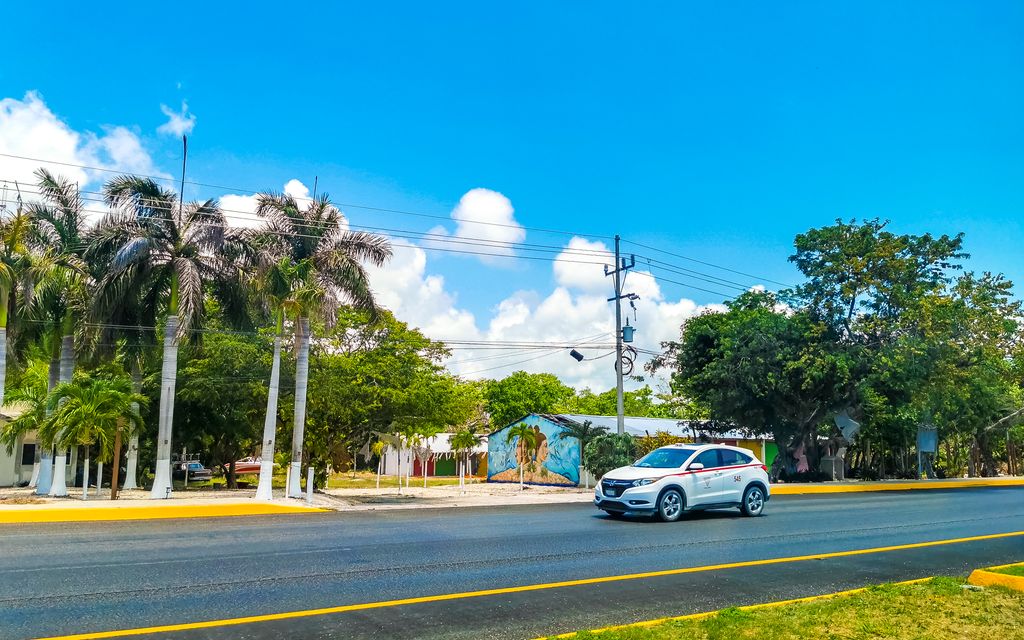
You also waste less time in transit and spend more time exploring. It’s definitely easier to travel point-to-point and you can skip some long walks from the highway to cenotes such as Dos Ojos and Aktun Chen.
There is nothing like having your own vehicle for the total independence that it brings. With your own wheels, you can set off whenever you wish, which means you don’t have to rush to pack your things just to board that early morning bus.
I love that you can stop whenever you like along the way, letting you visit smaller places that other tourists will only skip past (we’ll mention a few later). You often get to experience a different side of the Yucatan. I’ve had great interactions with locals when grabbing tacos from a roadside stall or asking for directions to find a hidden cenote!
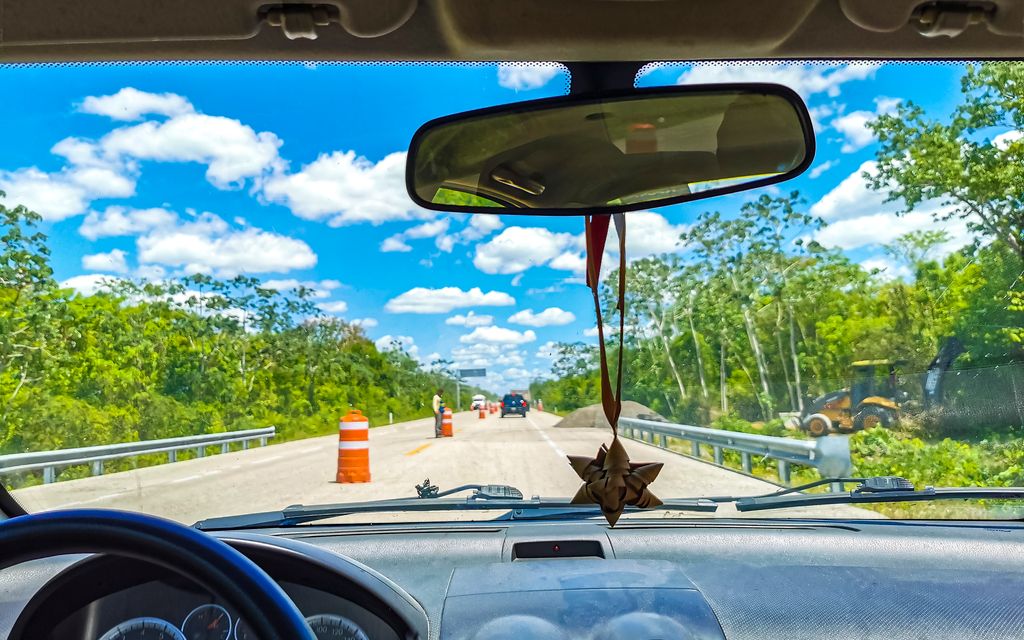
Renting a car: things to know
Renting a car in Mexico can be quite different from other countries — and so can the driving experience. Here’s what you need to know.
Rental Requirements
If you live in an English or Spanish-speaking country, then you won’t need to get an International Driving Permit as you would in other countries.
To rent a car in Mexico you will need:
- your passport
- a valid driver’s license
- be at least 21 years old
- have had your driver’s license for at least two years
While driving you’ll need to have with you the Vehicle Registration, Mexican Liability Insurance, and your Vehicle Rental Contract. These will be provided by the car rental company.
Where to start your trip
You’ll be pretty flexible in where to start your road trip in the Yucatán. But since most international arrivals are to the airport in Cancún, there is a huge selection of rentals here, making it a perfect starting point. You can check prices and availability in Cancún.
There are other common pick-up points throughout the peninsula, however. For example, you can check for car rentals in Mérida, car rentals in Playa del Carmen, or car rentals in Tulum.
Rental car costs
Costs vary greatly, but budget rentals start around $20 a day for a compact car such as a Kia Rio, which is the most popular rental vehicle in Mexico.
Standard rentals (more comfortable vehicles with full coverage insurance) will cost roughly $30-35 a day.
You can compare prices and vehicle options at Discover Cars, which is the booking platform that I always use for car rentals in Mexico, or anywhere else I travel.
If you are between 21-25, then be aware that you may incur a young driver’s surcharge depending on who you rent with.
Road Safety and Conditions
It’s important to be somewhat humble and cautious when driving for the first time in Mexico.
Although the roads in the Yucatán aren’t anywhere near as hectic as areas such as Mexico City, you’ll still want to go slow to begin with. Local driving in Mexico isn’t known to be the most consistent or rule-abiding, so leave some extra space around you if possible.
A few things to keep in mind:
- For practical as well as safety reasons, it’s recommended not to drive at night. However, it’s safe to drive during the day.
- In Mexico, they drive on the right side of the road, which may be a big change if you’re used to driving on the left. If so, take it slow while you adjust.
- The majority of the roads in the Yucatan are flat and easy to drive. You won’t need to worry about any winding mountains or worn-out jungle roads.
- You should always watch out for any topes (the local word for speed bumps). They can sometimes appear out of nowhere, barely visible and without prior warning.
The last point is important! I’ve had a few situations where my travel buddy yelled “TOPE!!!” at just the last moment in order to narrowly avoid killing the suspension on a crazy tall speed bump.
They really don’t mess around with speed bumps in Mexico! To force compliance with the speed limits, they just put them everywhere. There is sometimes a sign with the word ‘tope’ or ‘reductor’, but not always. The speed bumps don’t always have painted markings.
However, just stay alert and don’t drive too fast, and you should be fine.
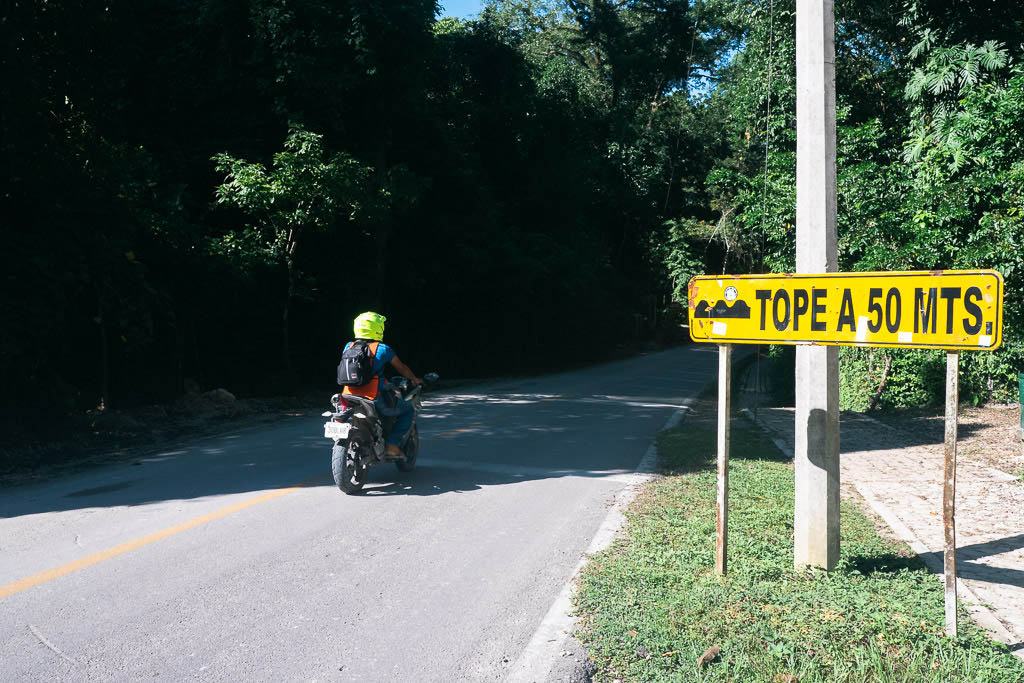
Tolls vs. free roads
When driving in the Yucatán, you’ll need to be aware of the different major roads you can take. There are the libre (freeway) as well as the autopista roads (toll roads – also sometimes called cuotas).
Both are good quality and safe to drive on. The advantage of the cuotas is that they are usually more direct and smoother, though they can quickly add up in cost. It’s worth sticking to the libres if you’re on a budget.
Driving Signs and Language
As the Yucatán has become very popular with tourists all over the globe, many of the driving signs have been updated to be relatively simple to understand and follow – which is usually a self-explanatory image about road changes or any obstructions.
Spanish is of course the dominant language, so in smaller towns or less-popular areas, you may only see signs in Spanish or the native Mayan language. The word used for a stop sign is “alto”.
It’s a good idea to get GPS or use Google Maps to find your way. Even better is to download Maps.me, which is a downloadable offline map that you can use even without a cell signal. It’s a great app to have both for international driving as well as exploring on foot!
Keep in mind Mexico uses the metric system when driving, which means you’ll see kilometers displayed on your dashboard instead of miles (which will take some getting used to if you’re from the UK, USA, Australia, or other countries that use miles).
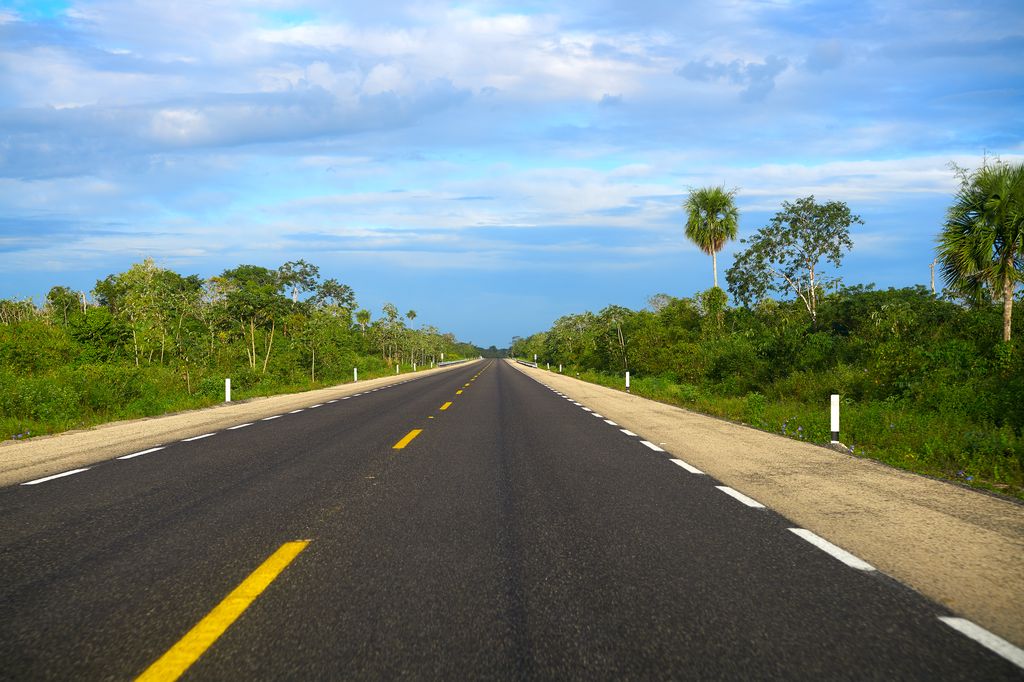
Top 3 Rental Providers in Cancún
When it comes to actually picking a rental vehicle, I highly recommend browsing the options on DiscoverCars and researching each provider independently.
Each ill have different fees for things such as additional drivers or premium insurance, but having all options listed together will make it easier to choose. I have yet to find cheaper rates going direct than what I find on DiscoverCars.
That said, the following rental companies are worth highlighting based on our own experiences and reviews.
1. Mex Rent a Car (Best for Cheap Rentals)
Mex Rent a Car is a local company that’s a really popular choice for locals as well as tourists looking to keep costs low. Rentals begin at just $20 a day, and their entry-level models include Economy, Compact, and Mini options.
Given they’re also a major local company, you’ll benefit from local know-how and advice that the bigger international rental giants may not be aware of.
2. Hertz (Best for Reputability and Extra Perks)
Hertz is one of the most recognized car rental brands on Earth. They are not the cheapest option but they’re a reputable brand and can be a good option if you’re a Hertz member.
Their Compact and Economy models cost around $35 a day (rental vehicles of these classes are usually a Mitsubishi Mirage, Chevrolet Beat, or similar).
Those looking for luxury can pick between their Premium or Intermediate SUV models, which cost roughly $45 a day (you’ll usually get a Renault Stepway, Volkswagen Jetta, or similar).
If you sign up for their Gold Plus Rewards Program, you will earn a point for every dollar spent which goes towards free future rentals and other bonuses.
3. Europcar (Best for Variety and Flexibility)
Europcar is another one of the major car rental brands with a large fleet in Mexico, with pick-up locations all over Yucatán (such as Mérida, Tulum, and Chetumal).
For inexpensive rentals, you can choose between their Economy and Compact models, which cost roughly $25 a day. If traveling in a group or family, then you’ll find their Intermediate SUVs and Intermediate Monospace vehicles perfect for that extra space, which cost around $65 a day (you’ll usually get a Toyota RAV4, Chevrolet Trax, or similar).
Road Trip Itinerary for 2 weeks
Now that we’ve covered everything you need to know about renting a car in Yucatán, take a look at this customized road trip itinerary around the region.
Renting a car in Cancún is the easiest and a likely entry point for those flying in, so we’ll start our road trip here. However, there are many rental companies also have sites located throughout Yucatán (such as in cities like Mérida and Tulum).
The Yucatán is a region rich with cenotes and other awesome destinations, and many of these are located between popular cities and towns. A good example is the 307 highway which runs between Playa del Carmen and Tulum, with various gems located on the road such as Xcaret and the Aktun Chen cenote. These make for great stops along the way!
Best known for its cenotes (swimmable river caves) and ancient ruins such as Chichén Itzá, there are also many laidback Caribbean towns and colorful cities that you can easily add to your Yucatán road trip itinerary.
Days 1-3: Playa del Carmen
As soon as we’ve picked up our rental car from Cancún, we’ll take the 307 south to Playa del Carmen (which is roughly an hour’s driving).
This bustling city has a great atmosphere which is similar to Cancún, however is much safer with many pedestrian walkways and easy access to the beach. The Quinta Avenida is worth exploring, which has many classic restaurants and a great mix of accommodation options.
Some of the best things to do here include visiting the nearby cenotes of Aktun Chen and Cenote Azul and also taking a day trip over to the diving paradise of Cozumel.
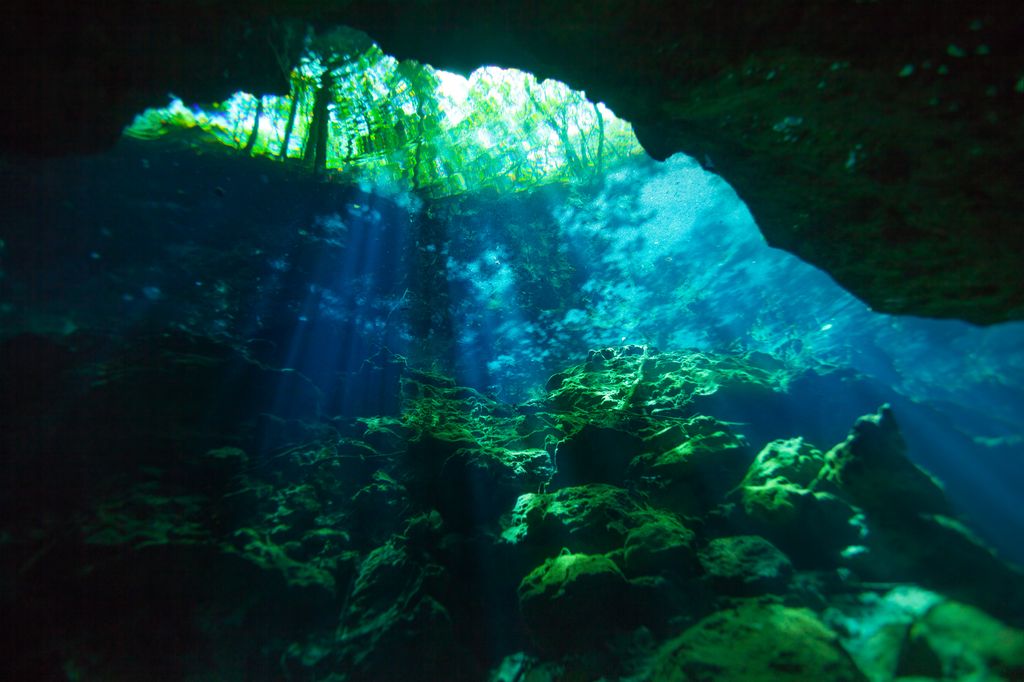
Those who are after an adrenaline fix can also go SkyDiving here, which I personally did, and found the views over the Caribbean Sea to be very memorable indeed!
Days 4-6: Tulum
After enjoying the vibes of Playa, we’ll now continue south along the 307 until we reach Tulum, which will take around an hour driving.
This popular town is best known for its Mayan Ruins, which are a must-visit with its spectacular views over the blue Caribbean Sea. Just remember to use sunscreen and drink plenty of water given it gets pretty hot here.
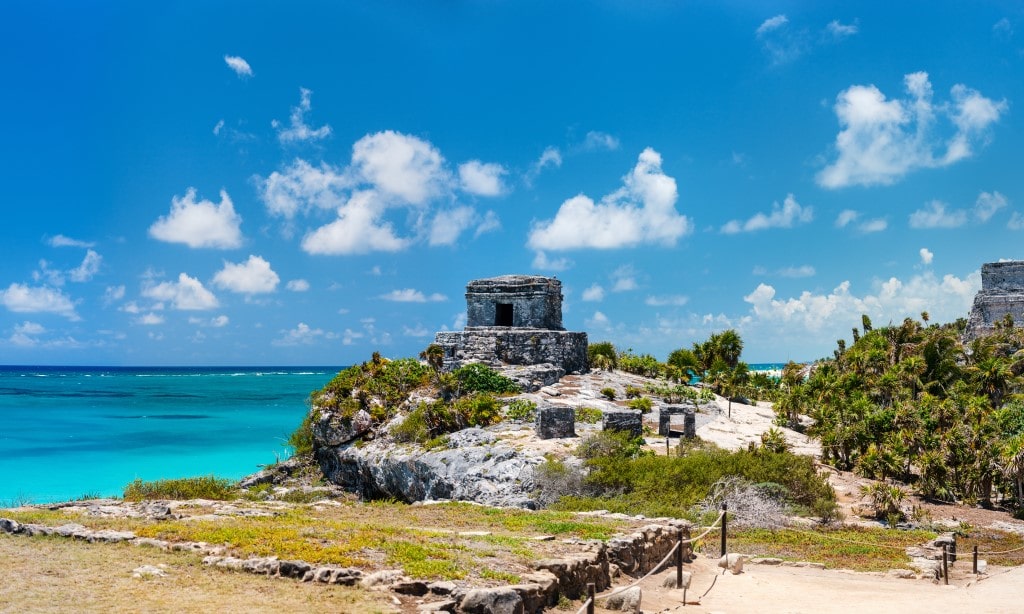
The Sian Ka’an Biosphere Reserve is a great visit for those who love to get into nature, and from town, you can easily rent a bike and explore the wild beaches and remote towns yourself. You can also join this day tour which includes lunch and all transportation.
There are also some really great cenotes to visit nearby for a cool-off from the hot sun, such as Dos Ojos Cenote and Gran Cenote.
Within the town, we’ll find a lively travel scene, with plenty of bars, restaurants, and accommodation options along the 307 which cuts straight through the heart of town.
Days 7-9: Mérida
From Tulum, we’ll now head inland to Mérida, which is located deep within the Yucatán Península. We’ll be taking various roads to get here, including the 109, Carretera Chemax-Cobá, and the 180D, with the route taking around 4 hours in total (it’s best to set off early in the morning).
Mérida is a striking city, best known for its colonial architecture and deep Mayan history (as well as some really tasty foods!). Walking around the historic center with your camera is a must, where you can see many incredible buildings such as Museo Casa Montejo, Palacio de Gobierno as well as the Catedral de Mérida. Check our Mérida travel guide for more suggestions on what to do.
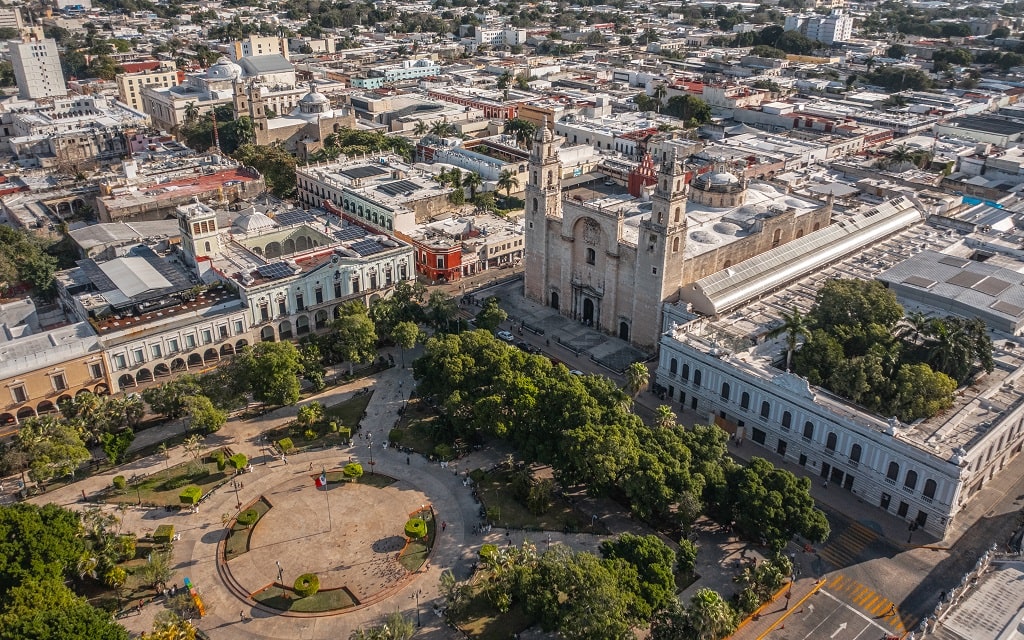
Having your own car comes in really handy here, where you can ride along the infamous Ruta Puuc which is home to various ancient ruins. Around 60 km long, you can visit sites such as Uxmal, Sayil, and Kabah with ease.
Days 10-12: Valladolid (and Drop-Off in Cancún)
For our final few days in the Yucatán, we’ll now head over to the colonial city of Valladolid. Heading back east on the 180D, the drive will take roughly 2 hours.
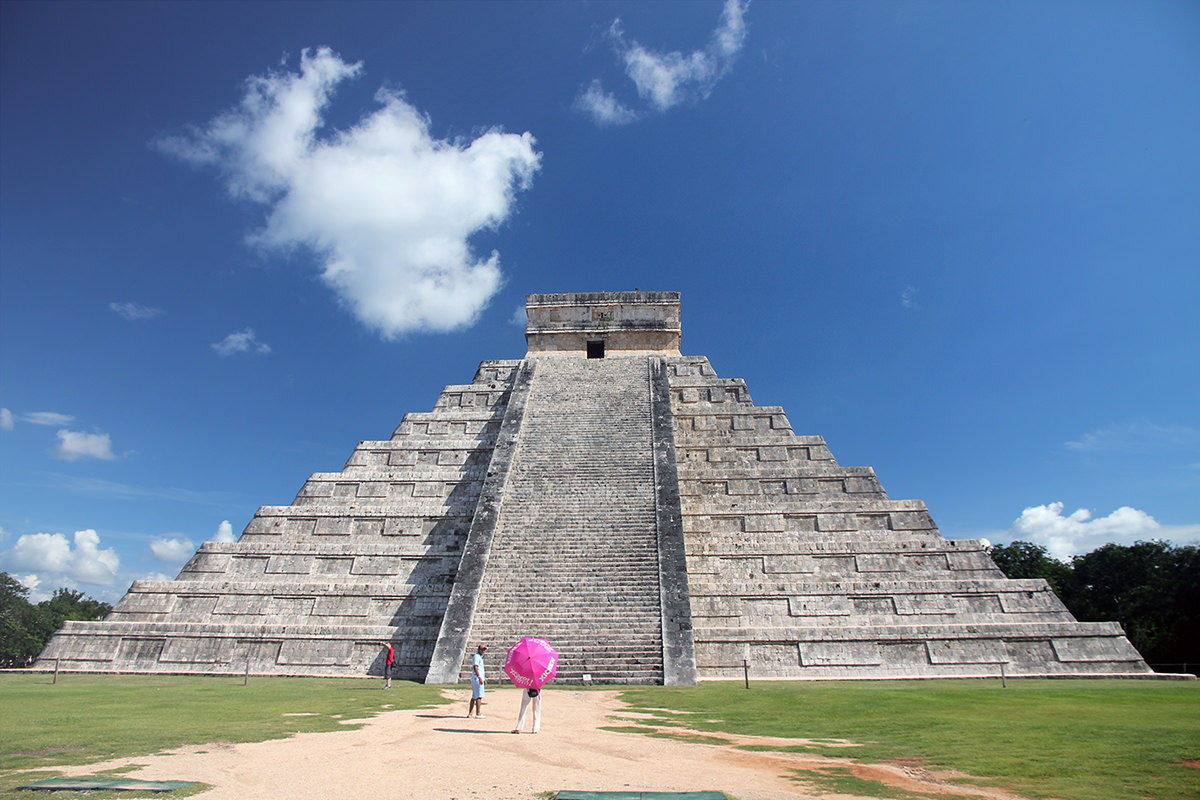
Valladolid is best known for its proximity to the legendary ruins of Chichén Itzá, which was once the beating heart of the Mayan Empire. It’s worth booking an early morning tour to enjoy the site before the hordes of tourist buses arrive.
Back in the city, we can see lots of colorful architecture, and I highly recommend spending time walking along Calzada de los Frailes as well as exploring the Convento de San Bernardino de Siena.
There are also some incredible cenotes to visit nearby, such as Ik Kil and Suytun which are perfect for snorkeling and enjoying the prehistoric cave settings.
Finally from Valladolid, we will drive back to Cancún (along the 180D) to drop off our rental car, which takes around 2 hours to drive.
Some links may be affiliate links, meaning I may earn commission from products or services I recommend. For more, see site policies.
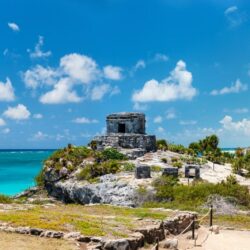
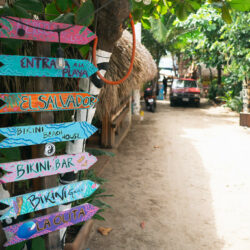




0 comments
Leave a comment
Your email address will not be published. Comments are manually moderated.